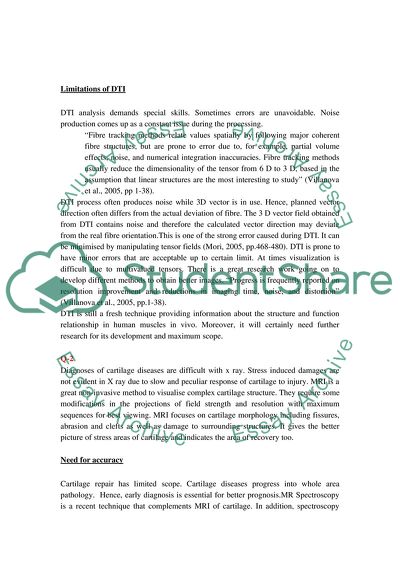Cite this document
(Current and Emerging MRI Techniques Essay Example | Topics and Well Written Essays - 1750 words, n.d.)
Current and Emerging MRI Techniques Essay Example | Topics and Well Written Essays - 1750 words. Retrieved from https://studentshare.org/health-sciences-medicine/1774060-discuss-current-and-emerging-mri-techniques
Current and Emerging MRI Techniques Essay Example | Topics and Well Written Essays - 1750 words. Retrieved from https://studentshare.org/health-sciences-medicine/1774060-discuss-current-and-emerging-mri-techniques
(Current and Emerging MRI Techniques Essay Example | Topics and Well Written Essays - 1750 Words)
Current and Emerging MRI Techniques Essay Example | Topics and Well Written Essays - 1750 Words. https://studentshare.org/health-sciences-medicine/1774060-discuss-current-and-emerging-mri-techniques.
Current and Emerging MRI Techniques Essay Example | Topics and Well Written Essays - 1750 Words. https://studentshare.org/health-sciences-medicine/1774060-discuss-current-and-emerging-mri-techniques.
“Current and Emerging MRI Techniques Essay Example | Topics and Well Written Essays - 1750 Words”, n.d. https://studentshare.org/health-sciences-medicine/1774060-discuss-current-and-emerging-mri-techniques.


